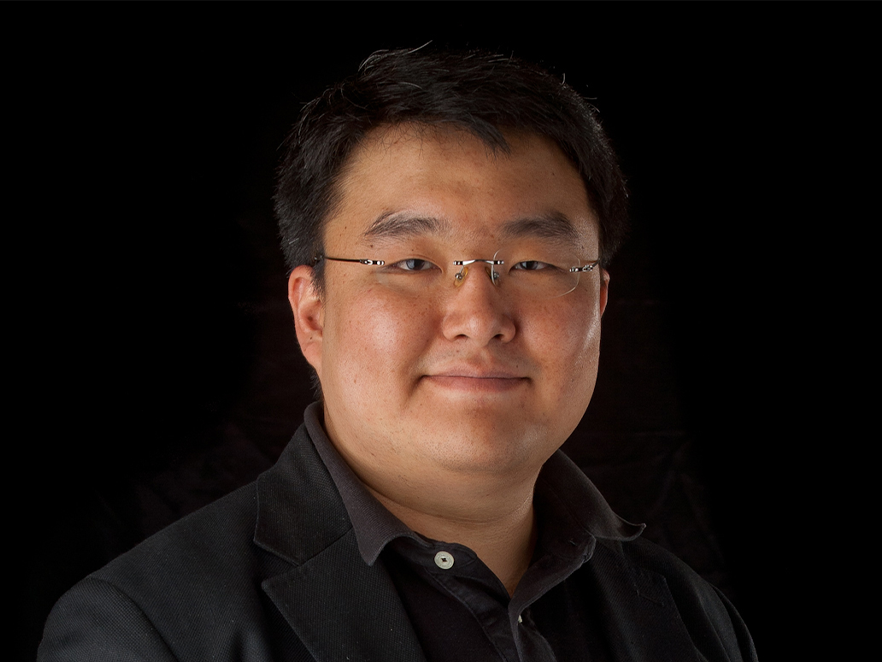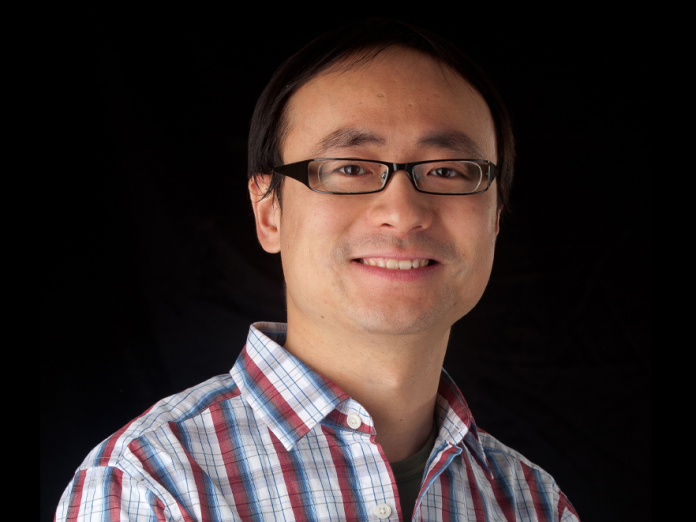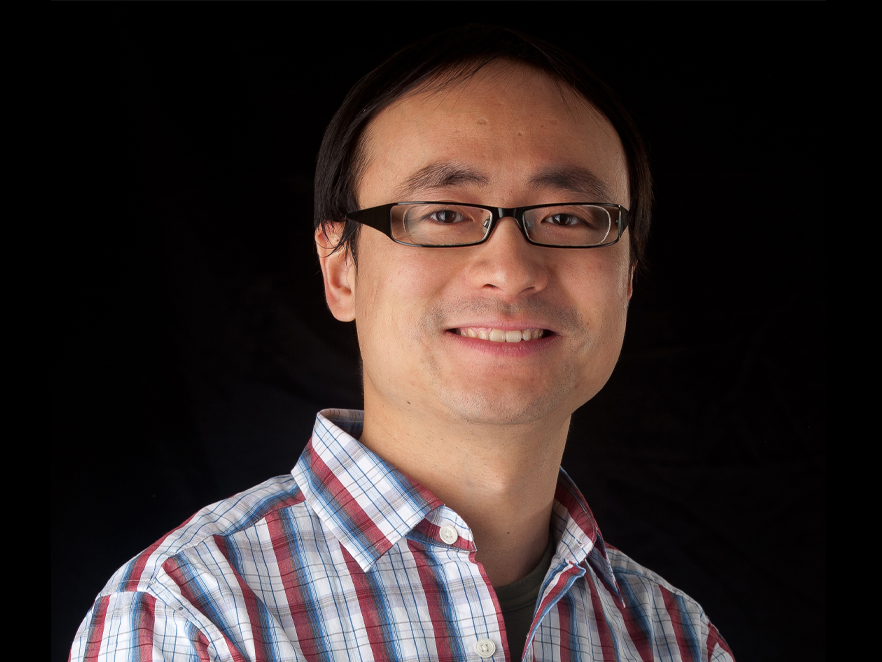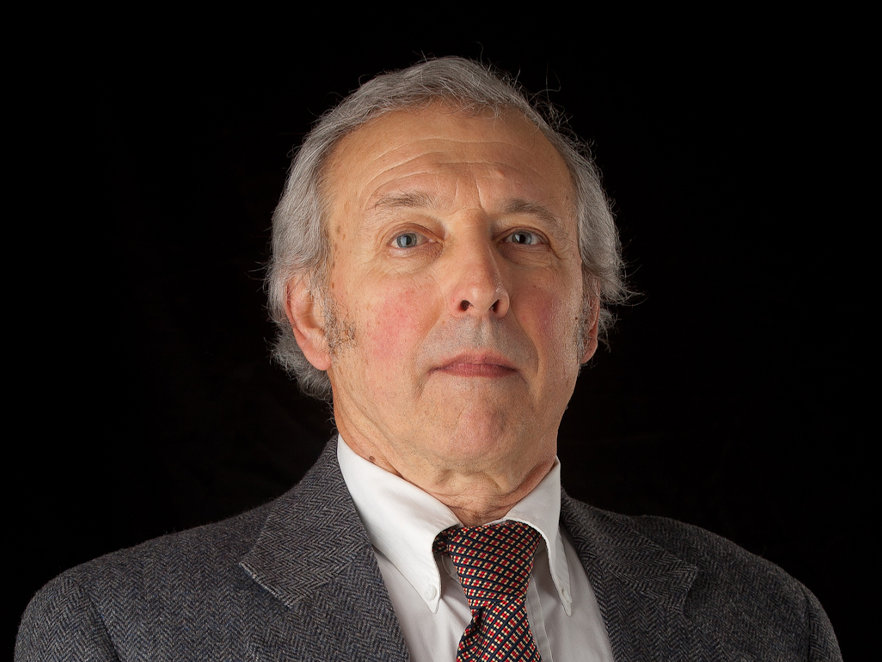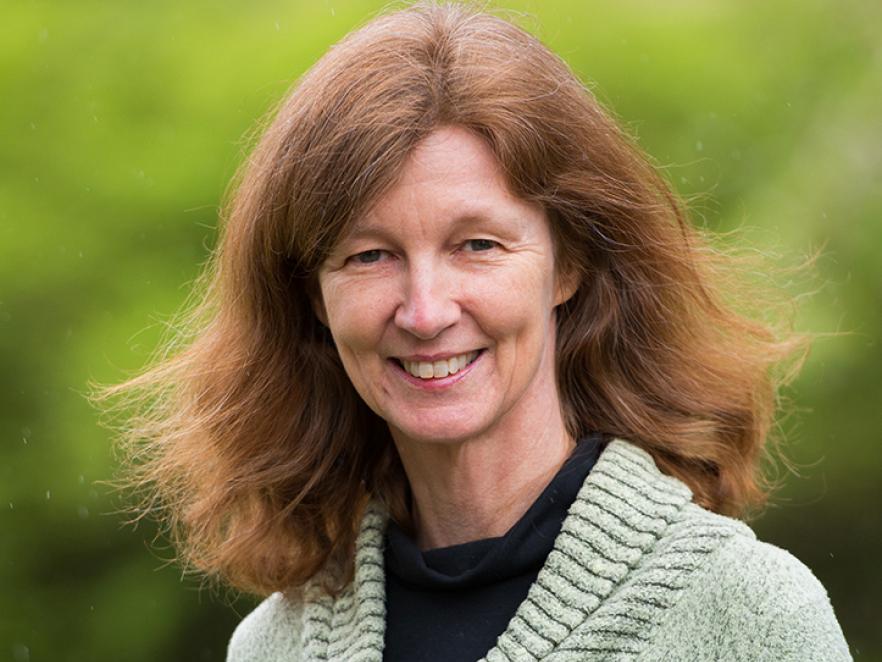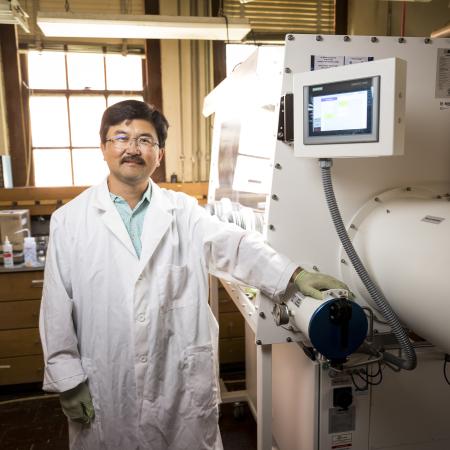Marilyn Mackiewicz
Research in the Mackiewicz group is at the chemistry-biology interface bridging several fields of chemistry with biology and engineering. Our research is centered around 4 major themes that include:
- Designing nanoscale materials using green synthetic approaches for biomedical and environmental applications
- Dtudying nanoparticle-biological interactions and nanotoxicology
- Developing diagnostic assays and systems to monitor disease states and therapeutic response
- Systems for imaging and targeted drug delivery.
Our long-term goal is to advance our bench side chemistry to translational applications in cancer, Alzheimer's disease, glaucoma, and macular degeneration. We have developed platform nanotechnologies that allow us to explore a variety of biomedical, environmental, and industrial applications. Concurrently, we and our collaborators work to test these platforms in a variety of translational applications. In addition, we study the nanotoxicological effects of the new materials developed and their nanoparticle-biological interactions to advance their designs and overcome translational barriers that limit their use in vivo. Our research involves partnerships developed between Portland State University (PSU), Oregon State University (OSU), Casey Eye Institute, Devers Eye Institute, and Oregon Health and Science University (OHSU) to achieve our long-term research goals and advance our technologies forward into new directions.
marilyn.mackiewicz@oregonstate.edu
541-737-7406


